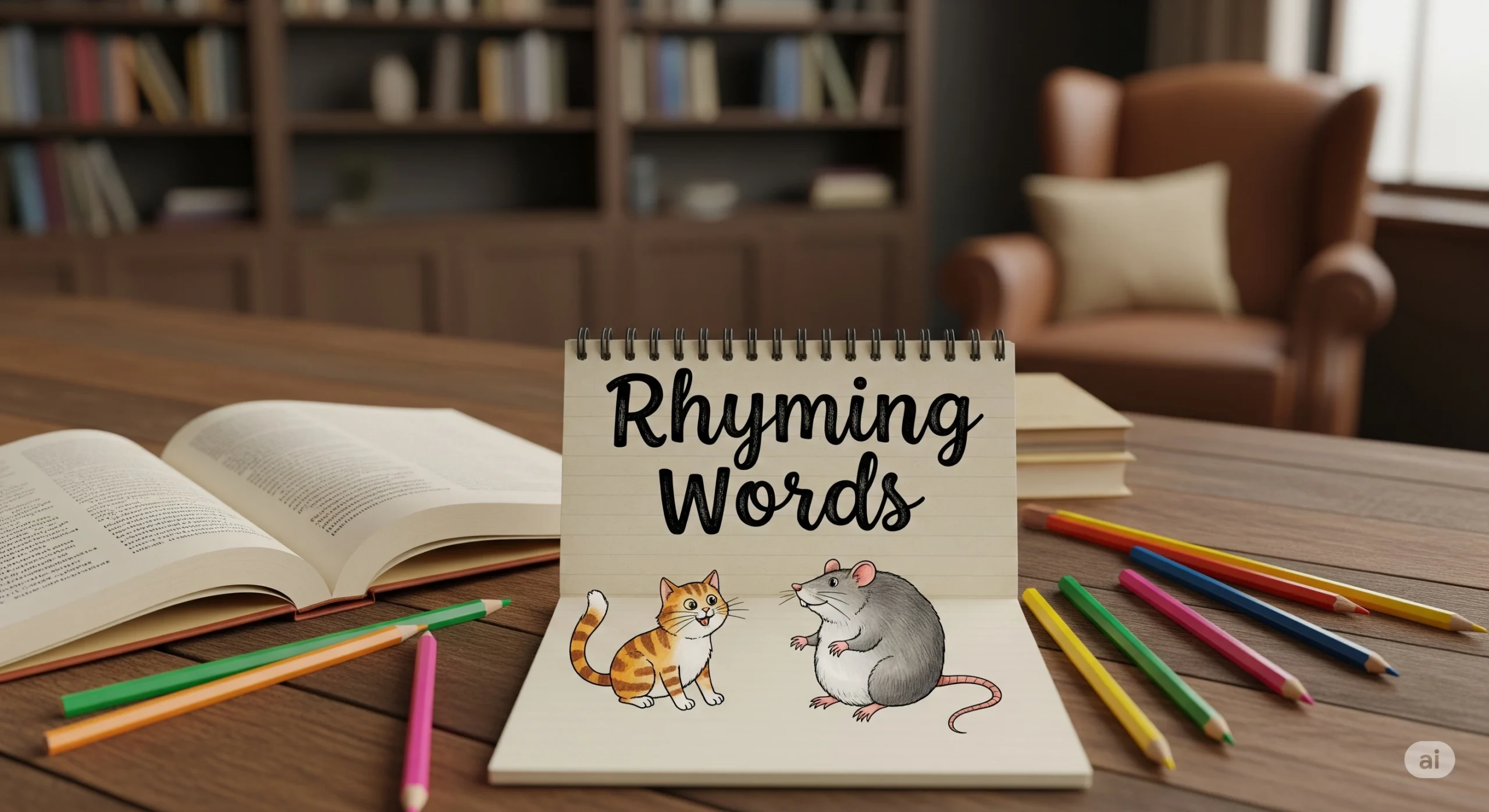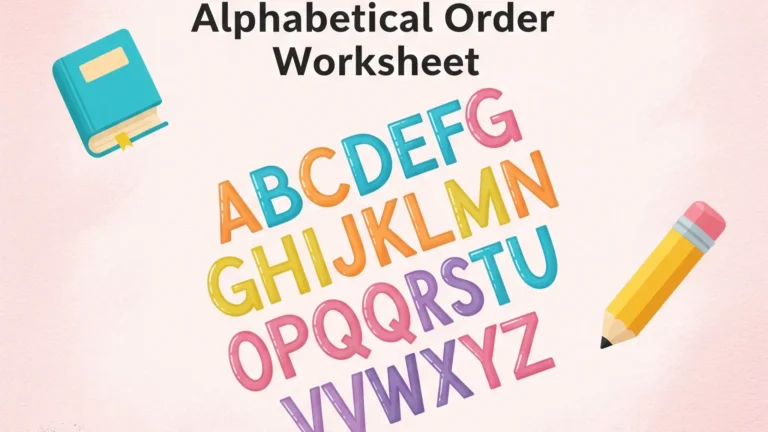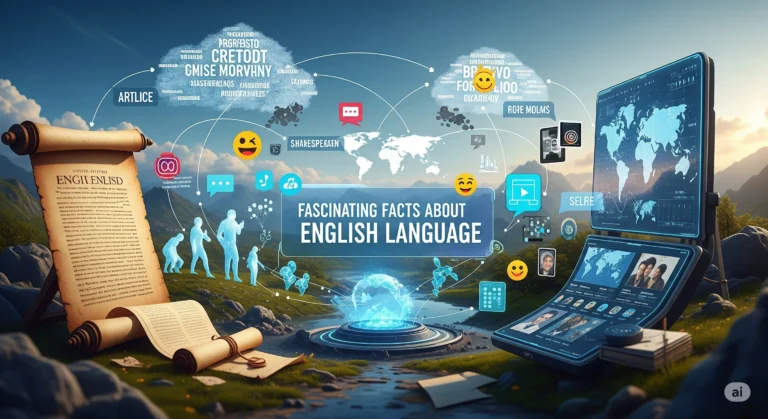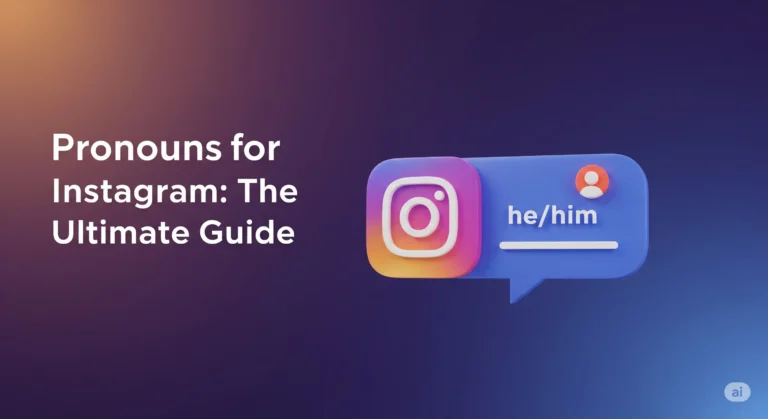Creative Ways to Use Rhyming Words in Writing and Speech
No matter if you’re a newbie poet, an engaging public speaker, or an educator who wants ways to make classroom work more interesting, Rhyming words are your ideal companion. They have a distinctive style and rhythm that’s entertaining and memorable. This blog will examine the awe-inspiring potential of rhyming words, providing you with an insight into the world in which every word dances with the same rhythm and sound.
Introduction to Rhyming Words
The words that rhyme end with sounds that match each other. They are extremely useful tools for speech and writing. From poems that move the heart to speech that enthuses the audience to take action, rhymes are able to transform ordinary words into something remarkable. Through unlocking the possibilities of rhymes, authors and poets, teachers, as well as students, can make their speeches more memorable and powerful.
The Basics of Rhyming Words
In order to learn the art of rhyming, It is crucial to comprehend the meaning of rhyming words and how they are used efficiently.
Definition and Types of Rhyming Words
- The Perfect Rhyme The perfect rhyme is the most popular rhyme in which the vowels that end the words totally match. For example, “fat” and “cat” or “hate” and “date.”
- Slant Rhyme (or close rhyme): Here, both sounds sound alike; however, they are not the same. “Bridge” and “grudge,” for instance, can create an intriguing auditory effect.
- Eye Rhyme The words appear similar but sound differently, for example, “cough” and “bough.”
Examples of Common Rhyming Words
Make use of perfect rhymes to simplify and where the final sound is the same, like “sky” and “high.” Use slant rhymes to convey mood and create ambiguity By combining words, such as “worm” and “swarm.”
Contribution to Rhythm and Memorability
The rhyming of words contributes to the rhythm of the music, creating a musical sound that’s pleasant for the ears and simple for the brain to recall.
Using Rhyming Words in Poetry
Rhymes have always been the lifeblood of poetry. They provide the foundation that poets use to craft their poems.
The Role of Rhyming Words in Poetry
Rhymes are patterns created by rhymes that inspire emotions and add order to poems. They are a source of humor, irony, or even solemnity, based on the arrangement they are used in and their usage.
Examples of Famous Poems Utilizing Rhymes
Poets such as Robert Frost and Emily Dickinson skilledly employed rhyming throughout their writings. In Frost’s case, for instance, his “Stopping by Woods on a Snowy Evening” is praised for its clear yet striking AABA rhyme system.
Tips for Incorporating Rhyming Words Creatively
- Explore a variety of Rhymes. Do not restrict yourself to perfect rhymes. Explore slants and internal rhymes for more depth and sophistication.
- Explore the rhyme scheme from ABB to ABAB, which may modify the flow and mood of the poem.
- Make use of rhymes to enhance themes. Make sure that your rhymes are in harmony with the theme and the emotions you’d like to create.
Invigorating Speeches and Presentations by using Rhymes
Rhymes aren’t just reserved for poets. They are a potent instrument for public speaking, too.
How Rhyming Phrases Engage and Memorize
The rhyming words in speeches stay in the minds of audiences for a long time beyond the time of the speech. They can add a poetic quality, which can help make speeches more convincing.
Examples of Iconic Speeches or Slogans Using Rhymes
Martin Luther King Jr.’s speeches were often rhymed phrases that made an impression. Slogans such as “Just Do It” are proof of the effectiveness of rhyming in marketing.
Crafting Rhyming Lines for Impact
- Use Match Rhymes to convey Key messages. Utilize rhymes to highlight important areas.
- Keep The clarity. Be sure rhyme doesn’t affect the clarity of the message.
Adding Rhyming Words to Children’s Literature
The importance of rhyme in children’s literature facilitates the process of learning and engagement.
Why Rhymes Are Essential in Children’s Stories
Nursery rhymes and books for children make use of repetitive structure to help teach storytelling and language. Their playful style makes them fun and simple for children to learn.
Examples of Popular Children’s Books or Nursery Rhymes
“Green Eggs and Ham,” written by Dr. Seuss, is an iconic example of rhyme being that is used to engage children.
Writing Techniques for Creating Fun and Memorable Rhymes
- Keep it Simple: Make simple rhymes that are repetitive and easy for kids to follow easily.
- Utilize Playful language. Involve youngsters with entertaining and imaginative words.
Enhancing the Songwriting Skills of Children
Rhyme is essential in songwriting and plays a role in setting the mood for a song.
The Importance of Rhyme in Songwriting
Songs with rhymes bring cohesion and flow. They can make lyrics memorable and easy to sing.
Different Rhyme Schemes Used in Lyrics
- ABB, A popular pop music track, has a simple, charming music flow.
- ABB provides the most advanced and complex features.
Some examples of Rhymes taken in Popular Songs
Taylor Swift uses internal rhymes expertly, weaving them into her songs.
Fun Exercises to Practice
Develop your rhyming ability by practicing.
Word Association Games
Play games that link rhymed words and increase your ability to think creatively.
Writing Prompts
Utilize prompts to introduce rhymes into various forms of writing.
Online Tools and Resources
Instruments like RhymeZone are invaluable in discovering the right rhyme.
Common Mistakes to Avoid
Beware of the dangers of forced rhymes. Maintain the flow of natural language.
Overusing or Forcing Rhymes
Make sure that your rhymes are natural, and don’t try to shoehorn words because of rhyme.
Mixing Rhymes UsToneTone
Pick rhymes that are appropriate to the overtone tone and meaning of your work.
Balancing Rhyme and Flow
Rhyme shouldn’t interfere with the meaning or clarity of the work.
FAQs
It is possible to play games of word association, play online tools, or even try writing exercises that are focused on using rhymes.
Are rhymes crucial when speaking in public?
Rhyming sentences make speeches more memorable and enthralling by forming a repeated rhythm that is recognizable to the listeners.
What can I stay clear of when employing rhymes?
Do not force rhymes or choose rhymes that are not in alignment with Tonetone and the theme of the piece. Make sure the flow is natural and your message simple.
Final Thoughts: Expanding Your Creative Horizons
Rhyming words aren’t an instrument; they’re gateways for creativity. When you’re writing a poem, delivering a speech, creating a book for children, or composing a jingle, that can amplify the message you’re trying to convey. They can make words move and sing, creating an impression on readers as well as readers.
Try different forms of rhymes, try different writing techniques, and stay clear of mistakes that are common to fail in your artistic endeavors. Experiment with the possibilities and let your imagination inspire your creativity. Let me conclude:
“From prose to verse, and speech to song, rhymes unlock creativity that goes on and on.”







